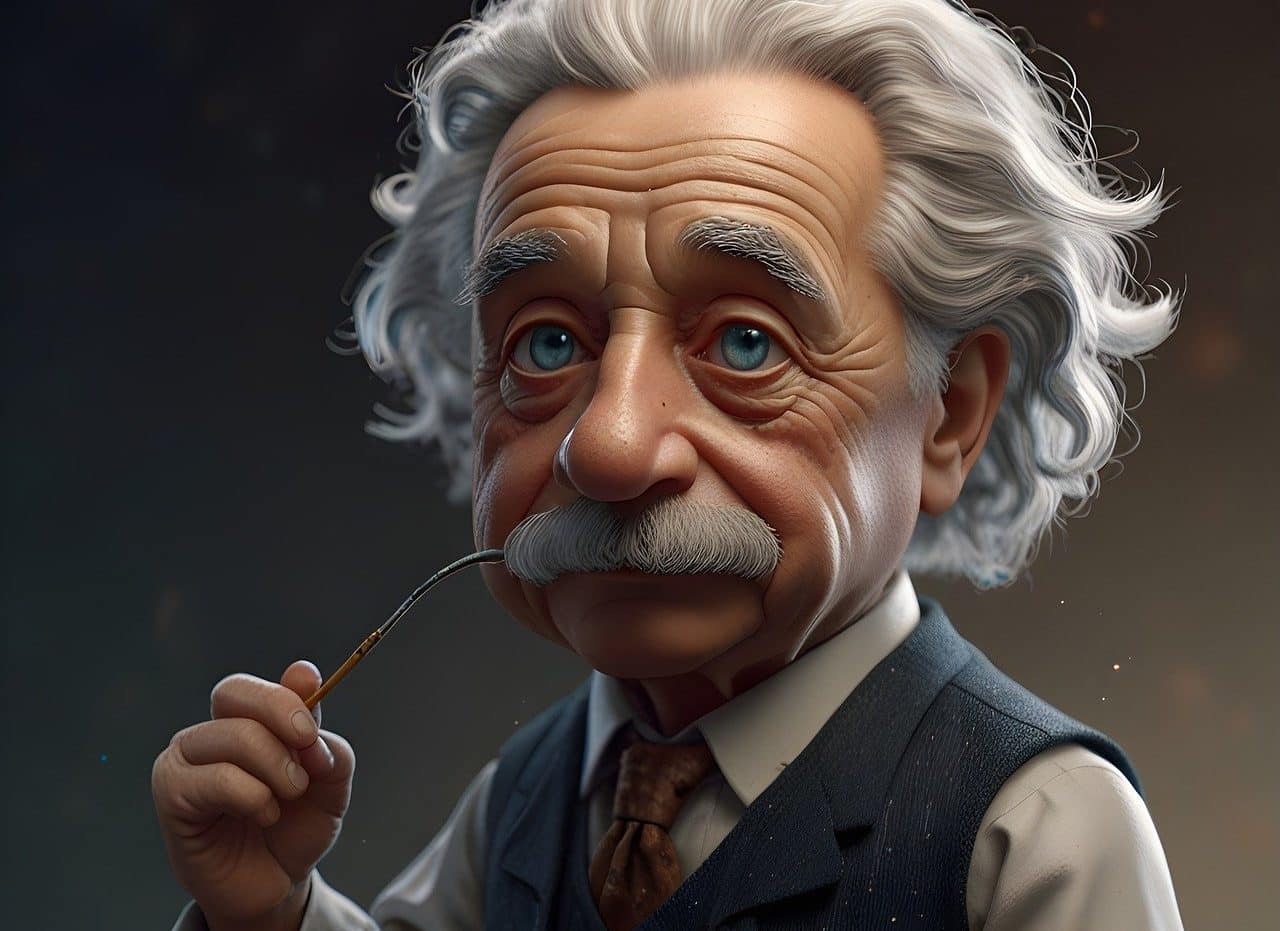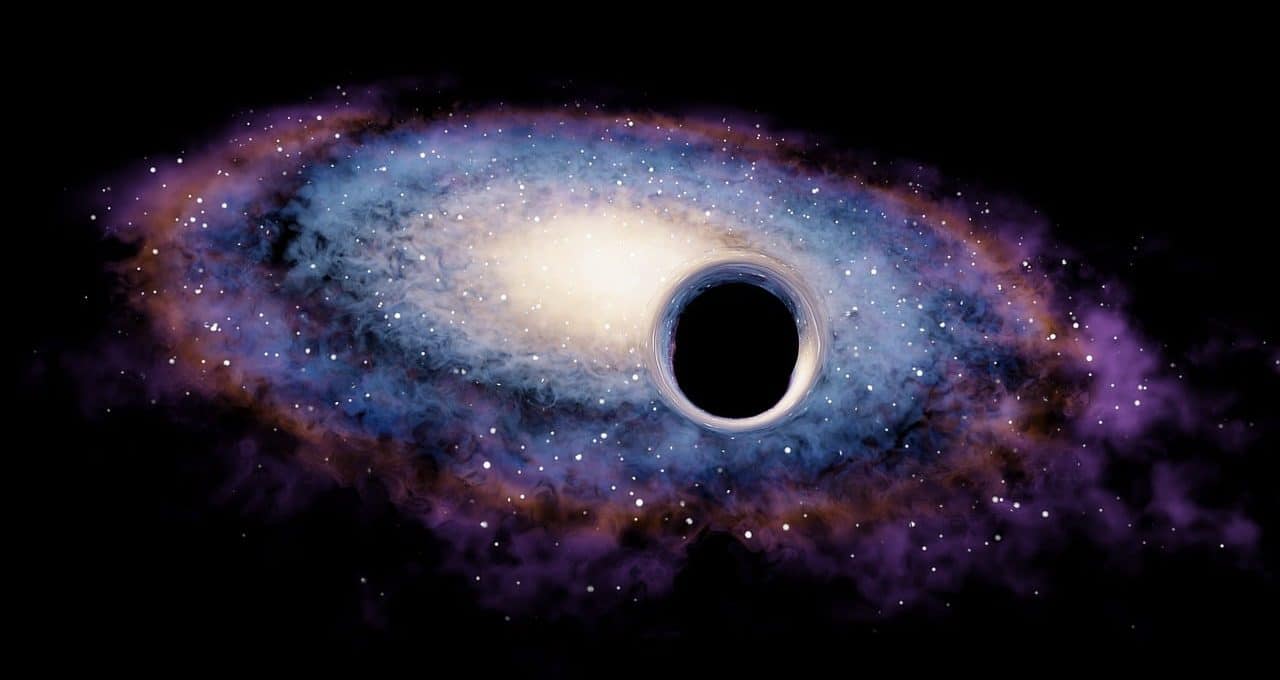
It is impossible to address the theory of general relativity without referring to Albert Einstein, for whom the space-time structure curves depending on the mass of each object.
Curvature of space-time is an expression that identifies one of the most relevant derivations of the theory of general relativity that the famous German-born physicist Albert Einstein was able to promote many years ago.
As can be seen when analyzing this curvature that involves a mathematical model focused on the unification of space and time, gravity is positioned as a consequence or a result of the curved appearance that space-time presents when it becomes dynamic.
It is interesting to note that, within the framework of a gravitational field , the spatial trajectory traced by bodies is curved, regardless of whether they move along a practically straight world line. When the curvature of these lines is minimal, the notion of geodesic line comes into play.
Interesting facts about the curvature of space-time
When collecting information linked to the curvature of space-time, multiple data of interest arise.
By focusing on Riemannian geometry , for example, it is discovered or remembered that this kind of curvature can be defined by the so-called Riemann tensor , which generalizes the idea of the Gaussian curvature observed on a certain surface.
If the Minkowski spacetime model is studied in depth, however, it is deduced that the gravitational force is a proof or expression of curvature and that this, contemplating null tensors and a flat space-time , stands as a representation of a empty universe. In this context, mass influences the level of curvature and space-time , simultaneously, marks the movement of mass , with the creation of both space and time being a product of material content.
This interpretation, in practice, leads to understanding what the spatial displacement of different objects is like depending on the curvature . Stars and planets , according to the postulate that points to energy and mass as key elements for gravity to be a curvature of space-time , would cause a deformation in the fabric of space-time near them.
There are, to add other references, solutions such as Big Bang models that use the Friedmann-Lemaître-Robertson-Walker metric to describe a cosmic expansion in a space-time representation environment with a high degree of symmetry . The pseudo-Riemannian variety gains prominence in this area, offering a curved space-time in which the Ricci tensor can be associated in a solution for Einstein's field equations by working with a tension-energy tensor that is reasonable on a physical level.

The concept of curvature of space-time is linked to the theory of general relativity and presents gravity as a result of the curved structure that space-time presents.
Manifestations and phenomena
Experts in gravity , cosmology and physics have been studying and discovering manifestations and phenomena connected in some way to the curvature of space-time for a long time.
It was thus possible to determine that, with its gravity , a black hole produces a singularity covered by a closed surface that is classified as an event horizon. This acts as a separator between the black hole 's own zone (where no type of particle that has entered there can escape) and the rest of the universe .
Nor should we lose sight of the content of quantum field theory in curved space-time . With it, if we cannot compare the curvature of space-time to the opposite of the Planck length , there could be a feasible approach to an eventual solid postulate on quantum gravity .
Recently, on the other hand, a team of experts made known their intention to achieve, within a laboratory, the development of space-time from scratch. This plan is based on a holographic view that understands gravity and space-time as the result of quantum entanglement .

The event horizon is a singularity that arises from the gravity associated with a black hole.
Types of space-time
Depending on the appearance of each identified spacetime , it has become possible to differentiate between two varieties, each of which we will refer to below.
One of the alternatives presents the curved spacetime that is a consequence of a non-negligible variety of gravitational fields and is reflected, for example, in the so-called Schwarzchild spacetime determined according to the Schwarzschild metric .
There are those who are dedicated, however, to investigating the characteristics and scope or implications of quantum spacetime , while other experts seek to solve challenges or achieve advances based on flat spacetime (defined even as Euclidean ).
This set is expanded by absolute spacetime , continuous spacetime and emergent spacetime . Furthermore, it is interesting to approach spacetime from the perspective of pre-relativistic physics (segment in which Newtonian , Galilean and Aristotelian space-time appear).
